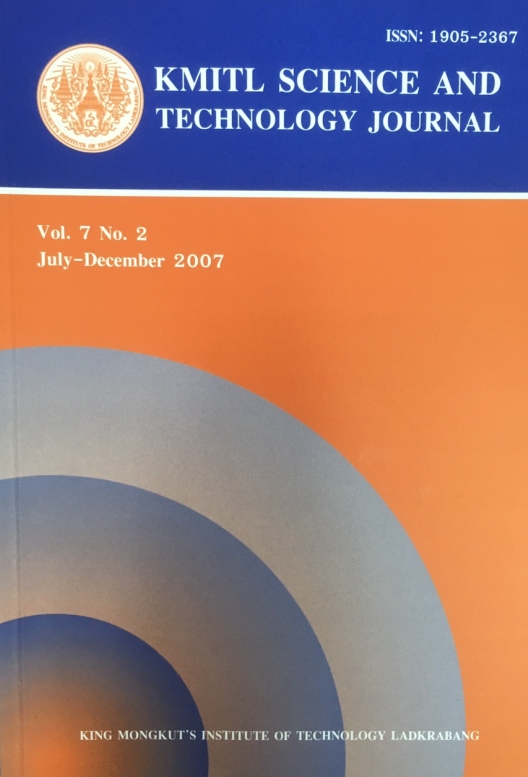INTROGRESSING MULTIPLE QTL IN BACKCROSS BREEDING PROGRAMS OF LIMITED SIZE
Main Article Content
Abstract
The ability to enrich a breed with favorable alleles for multiple unlinked QTL from a donor breed in a backcross program of limited size through marker-assisted introgression was evaluated by considering the effects of fraction selected, marker interval, and number of QTL. Informative flanking markers were used to select progeny with the largest expected number of recipient QTL alleles for 5 generations. With less than 5% selected, sufficient progeny were available that were heterozygous for all markers at three QTL and QTL frequencies dropped below 50% only by double recombination. For larger fractions selected, larger marker intervals, and more QTL, reductions from 0.5 were greater and increased over generations. However, even with 20% selected, 3 QTL and marker intervals of 5 or 20 cM, mean QTL frequencies in generation 5 were 0.35 and 0.30, sufficient to allow subsequent selection on QTL.
Keywords: Marker-assisted introgression, backcrossing, QTL
Corresponding author: E-mail: napapan.piyasatian@gmail.com
Article Details
Copyright Transfer Statement
The copyright of this article is transferred to Current Applied Science and Technology journal with effect if and when the article is accepted for publication. The copyright transfer covers the exclusive right to reproduce and distribute the article, including reprints, translations, photographic reproductions, electronic form (offline, online) or any other reproductions of similar nature.
The author warrants that this contribution is original and that he/she has full power to make this grant. The author signs for and accepts responsibility for releasing this material on behalf of any and all co-authors.
Here is the link for download: Copyright transfer form.pdf
References
[2] Malek, M., Dekkers, J. C. M., Lee, H. K., Baas, T.J., Prusa, K., Huff-Lonergan, E. and Rothschild, M. F. 2001. A molecular genome scan analysis to identify chromosomal regions influencing economic traits in the pig. II. Meat and muscle composition, Mamm. Genome 12(8), 637-645.
[3] Koudandé, D. O. 2000. Introgression of trypanotolerance genes, Department of Animal Science, Wageningen University, The Netherlands.
[4] Visscher, P. M. 1996. Proportion of the variation in genetic composition in backcrossing programs explained by genetic markers, J. Hered. 87(2), 136-138.
[5] Yancovich, A., Levin, I., Cahaner, A. and Hillel, J. 1996. Introgression of the avian naked neckgene assisted by DNA fingerprints, Anim. Genet. 27, 149-155.
[6] Koudandé, D. O., Iraqi, F., Thomson, P.C., Teale, A.J. and van Arendonk, J.A.M. 2000. Strategies to optimize marker-assisted introgression of multiple unlinked QTL, Mamm. Genome 11(2), 145-150.
[7] Hospital, F. and Charcosset, A. 1997. Marker-assisted introgression of quantitative trait loci. Genetics 147(3), 1469-1485.
[8] van Heelsum, A.M., Haley, C.S. and Visscher, P.M. 1997. Marker-assisted introgression using non-unique marker alleles II: selection on probability of introgressed allele,. Anim. Genet. 28(3), 188-194.
[9] van Heelsum, A.M., Visscher, P.M. and Haley, C.S. 1997. Marker-assisted introgression using non-unique marker allesles I: selection on the presence of linked marker alleles, Anim. Genet. 28(3), 181-187.


